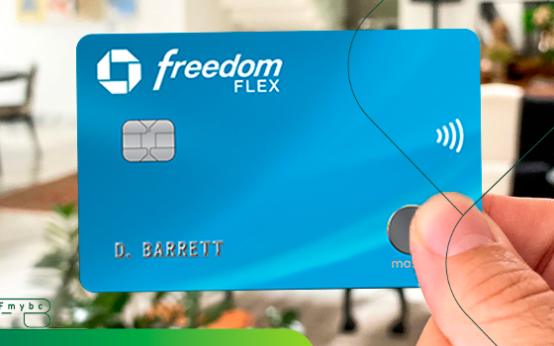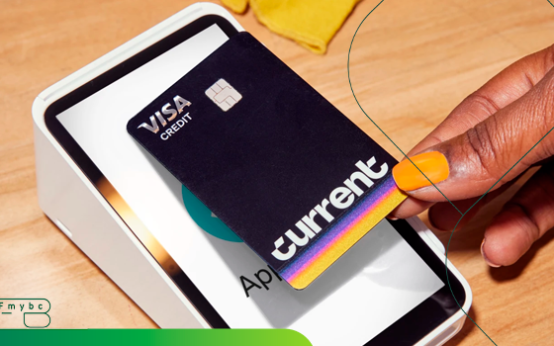Getting a credit card isn’t always easy, especially for those who have bad credit. However, it’s possible to improve credit score by following a few simple tips.
Although there’s many ways to boost your credit score, many people have difficulty knowing where to start.
No matter if you’re building your credit from scratch or rebuilding after your scores have taken a hit, with a few steps you can improve your credit score. Depending on what’s holding it down, you may be able to tack on as many as 100 points relatively quickly.
1. Build your credit file
You must have accounts in your name to show a good track record as a borrower. Therefore, the first step you need to take when you’re building your credit is opening new accounts. Most major lenders and card issuers report it to all three credit bureaus.
You can find a lot of credit cards that accept bad credit scores. Actually, there’s a type of credit card specific for those who want to improve their credit score.
Furthermore, getting added as an authorized user on someone else’s credit card can also help, as long as they use the card responsibly.
2. Pay bills on time
The most important factor that determines your credit score is your payment history. This means that paying your bills on-time can help you improve credit scores. Therefore, you can’t miss loan or credit card payment by more than 29 days or it’ll decrease your credit score.
A good tip is setting up automatic payments for the minimum amount due. However, be careful not to use overdraft. Unforeseen happen and in those cases contact your card issuer and try to discuss options.
And don’t forget to pay bills that don’t generally appear on your credit reports such as gym memberships and subscription services. The amount of accounts being sent could still hurt your scores.
3. Catch up on past-due accounts
Get your financial life back on track. In other words, pay all your late bills. If you’re behind on your bills, this can remain on your credit report for up to seven years. However, by catching up on your accounts, you can improve your credit score.
If you’re struggling with this, maybe you can talk to a credit counselor to negotiate lower payments and interest rates, and get on a debt management plan (DMP). The counselor may be able to get card issuers to bring your accounts current.
4. Pay down revolving account balances
Sometimes you are not behind on your bills, but have a high balance on revolving credit accounts. Unfortunately, this can lead to a high credit utilization rate and decrease your scores.
Therefore, you need to maintain a low balance on revolving accounts (credit cards and lines of credit) relative to their credit limits to improve your credit score. People who have the highest credit scores typically keep their credit utilization ratio low.
5. Pay credit card balances strategically
The amount of your credit limits you’re using is called your credit utilization and this can help or hurt your credit score.
A good way to improve credit score is using less than 30% of your limit on any card and remember: lower is always better. For instance, the highest scorers use less than 7%.
Your balance is used in calculating your score, so you want to make sure it’ll be low when the card issuer reports it to the credit bureaus (before the billing cycle ends).
6. Limit how often you apply for new accounts
Even if it’s necessary to open new accounts to build your credit, you need to be careful and limit how often you submit credit applications. Your credit score may decrease because each application can lead to a hard inquiry and opening a new account will decrease your average age of accounts.
Although inquiries and the average age of your accounts are not such important scoring factors, you need to be cautious about how many applications you submit.
Except when you’re looking for certain types of loans (auto loan or mortgage). In those cases, credit scoring models recognize that it isn’t risky behavior and may ignore some inquiries if they occur within a period of a few weeks.
7. Ask for higher credit limits
Another method to improve credit score is to increase your credit limit but your balance remains the same because it decreases your overall credit utilization.
Getting a higher limit can happen when your income increases or you’ve added more years of positive credit experience.
8. Dispute credit report errors
Not everything is perfect, so you’ll always find some mistakes – especially on credit reports. However, this could be pulling down your score and you need to dispute credit report errors to improve your credit score.
You can get free reports from each of the three major credit bureaus using AnnualCreditReport.com and look for mistakes, such as someone else’s credit activity mixed with yours, payments marked late when you paid on time, or too old negative information.
9. Get credit for rent and utility payments
Paying your rent on time not only makes your landlord happy, but also improves your credit score.
Several research studies have found that positive rental payments are good for your credit score, increasing 10 to 40 points or more, if lenders use a score that incorporates rent payments. That’s why many people are adding their rent payments to their credit report.
Furthermore, you can sign up for Experian Boost, but keep in mind: use it with moderation. With the free Boost service you can add positive utility, cell phone and streaming service payments to your Experian credit report.
10. Use a secured credit card
Last, but no less important, a secured credit card is a wonderful method to build or rebuild your credit. You need to pay a security deposit to open a secured credit card, which is often (but not always) equal to your starting credit limit.
High-quality secured credit cards can usually graduate to unsecured cards, meaning you get your deposit back if you make enough on-time payments. They’re reserved for people with bad credit or no credit who can’t qualify for a traditional, unsecured credit card.


 Chase Freedom Cards: How to Choose, Use, and Save <p style='font-size:14px;'>Dive deep into Flex, Unlimited, and Rise to earn more and spend smarter</p>
Chase Freedom Cards: How to Choose, Use, and Save <p style='font-size:14px;'>Dive deep into Flex, Unlimited, and Rise to earn more and spend smarter</p>  Revisión De La Tarjeta Grow Credit Mastercard <p style='font-size:14px;'>Si buscas una manera efectiva y sin riesgos de mejorar tu crédito, la tarjeta Grow Credit Mastercard es una excelente alternativa.</p>
Revisión De La Tarjeta Grow Credit Mastercard <p style='font-size:14px;'>Si buscas una manera efectiva y sin riesgos de mejorar tu crédito, la tarjeta Grow Credit Mastercard es una excelente alternativa.</p>  Revisión De La Tarjeta de Crédito Current Build Visa <p style='font-size:14px;'>Si estás listo para tomar el control de tus finanzas y mejorar tu crédito, la tarjeta Current Build Visa es tu mejor opción. </p>
Revisión De La Tarjeta de Crédito Current Build Visa <p style='font-size:14px;'>Si estás listo para tomar el control de tus finanzas y mejorar tu crédito, la tarjeta Current Build Visa es tu mejor opción. </p>